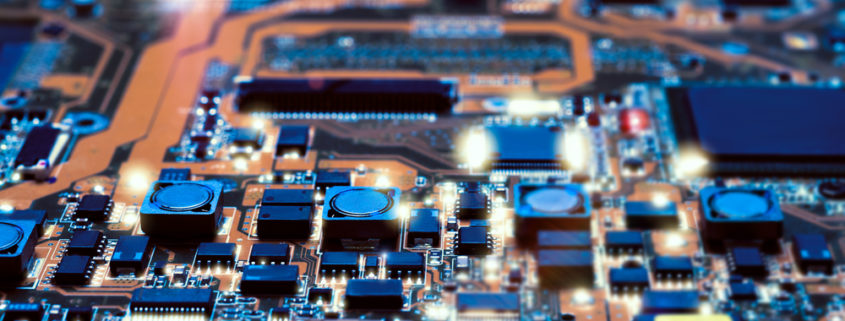Standard Integrated Circuits and ASIC chips
The introduction of electronics technology greatly impacted our lives from consumer electronics, portable computers, and mobile devices. It is now part of our everyday personal and business lives due to its convenience and functionality.
Every day we see or use products that utilize electronics technology. And without these, life will never be the same. More so, transportation, wireless communication, medical equipment, mobile phones, and so much more will not exist if not because of IC (Integrated Circuit) or ASIC (Application Specific Integrated Circuit).
What’s the difference between the standard Integrated Circuit and ASIC chips?
Integrated Circuit is designed for general use or purpose. It is a small chip that can function as an amplifier, microprocessor, timer, or computer memory. An Integrated Circuit is made of silicon that can store data using analog or digital technology. Standard Integrated Circuit is ideal for small series.
On the other hand, ASIC or Application Specific Integrated Circuit is a chip customized for a specific use. A modern ASIC chip contains microprocessors, RAM, ROM, memory blocks, and flash memory.
ASIC is ideally designed for a product that is intended for mass production. ASIC design can also be tailored to meet the specific requirements for a product. ASICs are immensely useful in the production of consumer electronics and products that are widely used.
Price structure of standard Integrated Circuit (IC) and Application Specific Integrated Circuit (ASIC)
The development cost for an ASIC chip is expensive compared to standard IC. Regular or standard Integrated Circuit price is significantly lower as many users break the Non-Recurring Engineering or NRE (which is the development cost).
The cost structure of standard Integrated Circuit
Phase Content
Die die size
Packaging type of package
Testing test time
Handling Quality Assurance/Control, logistics, shipment
Comparison between standard Integrated Circuit (IC) vs. Application Specific Integrated Circuit (ASIC)
- Time to market – ICs are ideal for fast prototyping
- NRE or Non-Recurring Expenses – introduction cost for standard Integrated Circuit applications is low
- Unit Cost – ASIC cost is low due to no redundant function
- Power Consumption – the optimal power consumption clearly goes to ASIC as it has a dedicated technology and no redundant function
- Form factor – ASIC is the winner for this component due to its power consumption and small form factor
- Production – production of standard IC is faster compared to an ASIC chip, however, when the standard component becomes obsolete, it requires a to redesign your product
What are the benefits of Application Specific Integrated Circuit?
- Lower power consumption
- Higher integration
- Intellectual property protection
- Higher functionality
- Smaller footprint
Choosing between Standard Integrated Circuit (IC) over the Application Specific Integrated Circuit (ASIC)
Choosing between the two really depends on your needs. Before you can decide which is essential to your business or product, you need to evaluate the following factors:
- Unit cost
- Time to market
- Power consumption
- Solution cost
- Scalability
- Protection
- Non-recurring expenses
- Form factor
- Control of supply chain
Finding the right solution depends on your specific project requirements. Choosing the right solution can be taken effectively by determining functionality, production time scale, and cost.
Linear MicroSystems, Inc. is proud to offer its services worldwide as well as the surrounding areas and cities around our Headquarters in Irvine, CA: Mission Viejo, Laguna Niguel, Huntington Beach, Santa Ana, Fountain Valley, Anaheim, Orange County, Fullerton, and Los Angeles.






